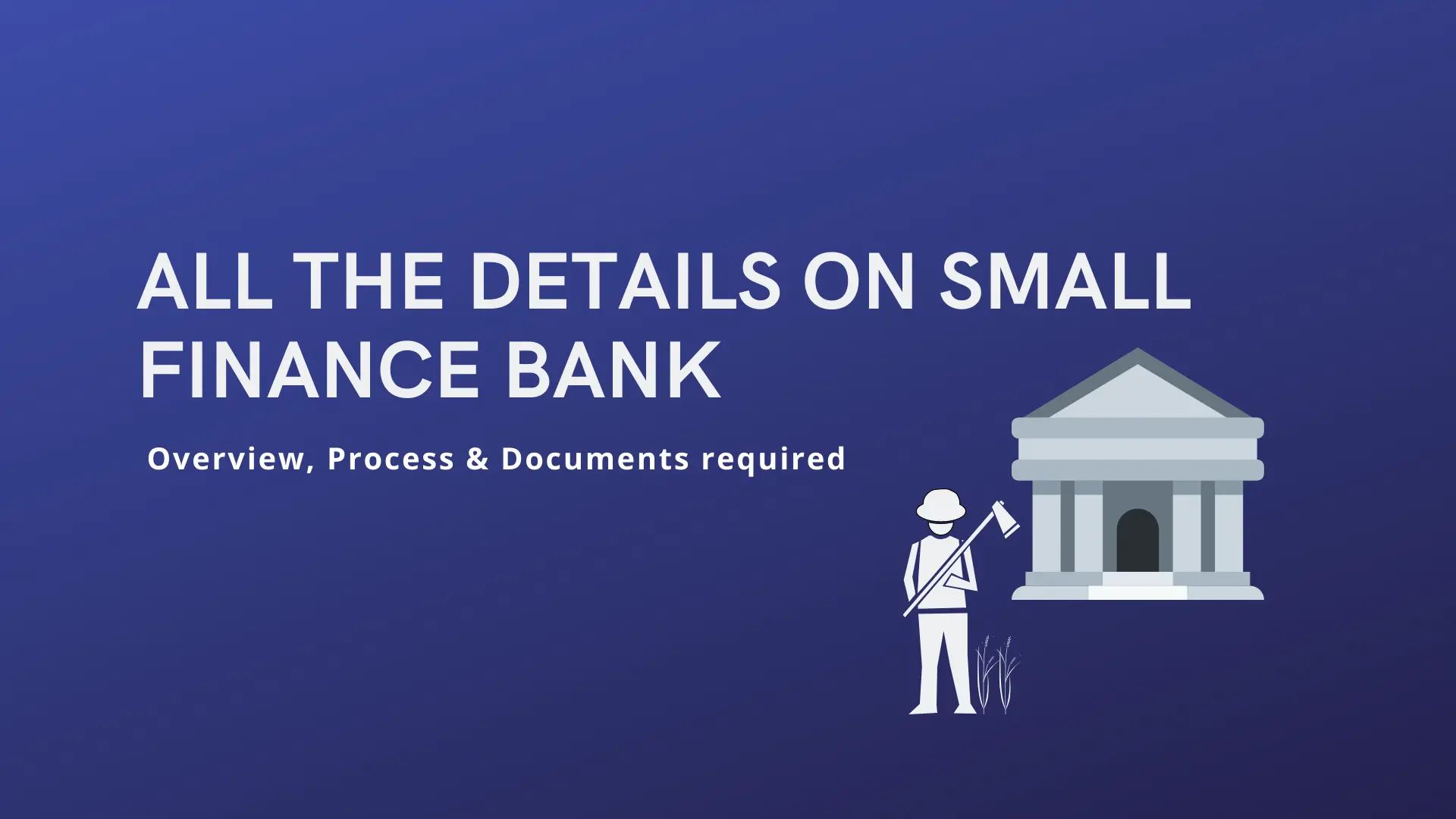

How to Optimize Your Server for Great Mobile Application Performance
The first step of making any mobile application development a great success is to ensure that it is highly optimized for end to end performance. The availability of high speed connections, reliability, continuous performance is crucial for end users.

Though it may seem counterintuitive, but optimizing the applications and avoiding the performance bottlenecks are still a challenging task.
This means that the developers are still facing a whole new array of problems and with the patience of consumers going down every day, taking any longer than a few seconds for your app to load may lead to customers moving away from your site.
There are multiple ways to optimize the performance of your mobile application, and enterprises must quickly rise to the challenge or risk losing ground to their competitors.
It is stated that by the year 2020, mobile apps will generate more than 189 billion US dollars as revenues via in-app advertising and app stores.
The servers play a great role in the loading of the app, and one of the biggest causes of slow app loading is the performance of the server. For a quick loading and smooth functioning of the app, optimal server performance is needed.
Choosing the Right Server is Important:
An app server offers an environment where the mobile application development company can run and do what they need. The server acts as the connecting means between the user and the back end that responds to the user queries and also servers the web pages.
So, to ensure that the app server delivers a flawless performance, you need to choose the right server to start with. Choose a reliable and efficient hosting service provider with ample storage, adequate RAM and a good CPU.
Having a server that offers a good scalability is a must as it would help you to scale up or down anytime without affecting your performance.
Optimizing the Performance of the Server for Your Mobile Application:
Even after choosing the right server, there may be times when you may have to take some special measures for optimized server performance and to smoothen out the bottlenecks so that your app functions flawlessly even at higher traffic volumes.
Using a Reverse Proxy Server:
A reverse proxy server allows the user to offload some of the tasks that the server has to perform. It helps to handle the internet traffic and is also connected directly to the internet and creates an internal network handling communications faster.
This helps to free the applications server from waiting for the users to interact with the web app and focus on creating the pages that the reverse proxy server sends out to the user requests thereby working at optimal speed.
Cache the Content:
Caching the content is another best means to reduce load time as it helps to display the content to the user according to the closest physical locations. The frequently accessed data is stored in the browser cache and this makes it instantly accessible to the user.
Even if the user has not requested for the content, it can be cached on the nearest server to the user instead of a transcontinental transfer.
Caching helps to increase the loading speed by a huge margin and also result in higher user engagement.
Using a Load Balancer:
This is another easy means to make a dramatic improvement in the performance of the server for your mobile application development. Few small servers can be used instead of a big one and this then adds a load balance to them.
This load balancer helps to distribute the incoming requests to the right server while keeping the response time very low. The load balancers also help to prevent any overloading of a server by keeping the load distributed evenly.
Consider Data Compression:
In case if you have not used data compression standards like JPEG and PNG for any photos, MPEG4 for videos and MP3 for music, then it is high time that you start using it now.
These help you to compress the data and reduce the file sizes and ultimately make the transfer much faster and easier.
You can also use smart content compression to reduce the bandwidth requirement of any text base like HTML, JavaScript, CSS and etc.
Optimize TLS and SSL:
Transport Layer Security and Secure Sockets Layer protocols are used by an increasing number of websites and they are preferred by Google for higher ranking.
Both TLS and SSL reduce the performance of the mobile application and speed greatly and so optimizing them become very important.
You can use OpenSSL, Session caching, Session tickets or IDs are some other ways to optimize the speed of your application server.






